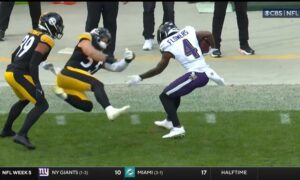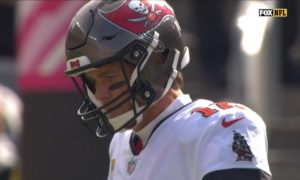What will become of the Fall Experimental Football League in a few years’ time? That is the question most intriguing to the National Football League.
The FXFL, a new upstart professional league hoping to kick off this October, paints itself as a developmental league that, in time, could help funnel talent to the NFL.
The league’s commissioner, Brian Woods, believes that “there is more than ever a need for another platform out there” for what would be the equivalent of minor league football athletes, drawing comparisons to the minor leagues of baseball and the developmental league that exists for basketball.
The only difference, as it currently stands, is that there is no affiliation with specific NFL teams. In fact, the league is expected to begin with just six franchises and 40-man rosters.
According to Woods, the league’s long-term goal is to establish a partnership with the NFL.
With the existence of the Arena Football League and the Canadian Football League—not to mention the eight-man practice squad—however, it’s not entirely clear just how many players with pro potential are really ‘falling through the cracks’ as it is.
There is no question that there is a need, from the athletes’ perspective, for such an option, however. NFL teams carry 90-man offseason rosters. In the regular season, they carry 61 between the active roster and the practice squad.
That’s 29 players across 32 teams that lose their jobs every summer. A quick bit of math informs me that that is a pool of 928 players. The FXFL projects to have a total league pool of 240 players.
Not to mention the increasing number of underclassmen who declare for the draft in college, only to go not only undrafted, but unsigned. It stands to reason that they would appreciate another alternative than either working in Canada or playing a slightly different brand of football that is the Arena League.
The long-term potential for a developmental league is intriguing, but whether or not the FXFL is that developmental league is very much in dispute.
As Woods notes, such a league could serve as an experimental laboratory for testing out proposed rules changes, technological advances, or other issues pertaining to the means through which the game is played.
Additionally, it could serve as a proving ground for prospective coaches and officials, as the minor or developmental leagues serve in other major professional sports in the United States.
The truth of the matter, though, is that such a league, as currently constructed, or as potentially constructed in the near future, is not capable of addressing the main concerns—or perhaps more accurately, objectives—of NFL teams. But that is a subject for another day.







